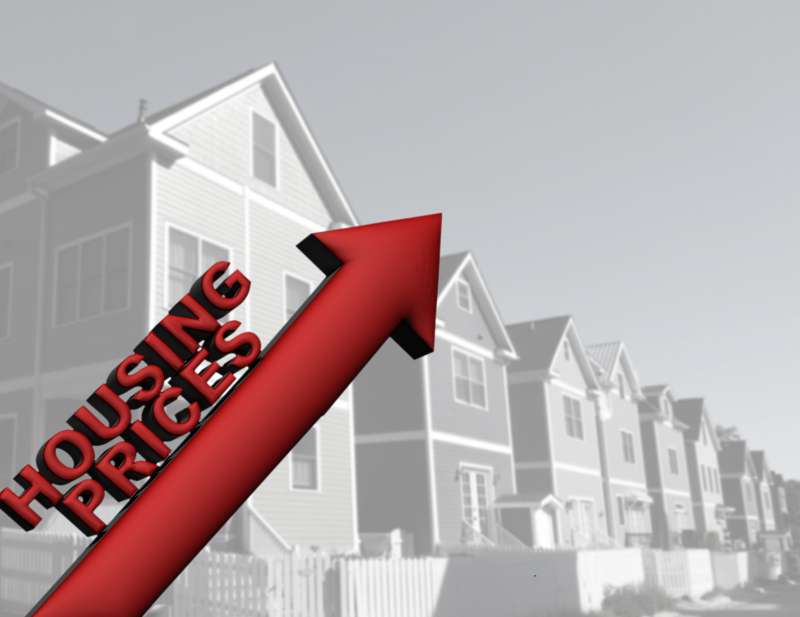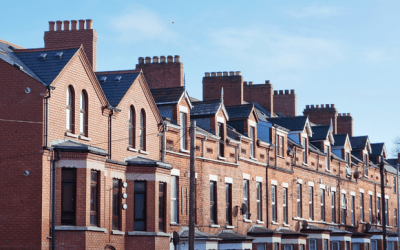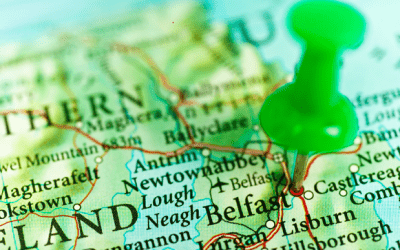The property market in Northern Ireland has seen remarkable growth over the last decade. Property prices in the region have risen steadily, despite occasional fluctuations, reflecting increased demand and economic factors. In September 2014, the average price of property in Northern Ireland was around £109,116. Fast forward ten years, and by September 2024, the average price has surged to £201,043 – a staggering 185% increase.
What factors have contributed to this impressive growth? And what does this mean for home buyers, sellers, and the property market in general?
In 2014, Northern Ireland was still recovering from the aftermath of the 2008 global financial crisis. The housing market had been hit particularly hard, and property prices were significantly lower than in other parts of the UK. In fact, 2014 was a turning point, as it marked the beginning of the recovery phase.
At that time, the average house price in Northern Ireland stood at £109,116. While this represented a significant improvement compared to the post-crash lows, it was still a long way from the property values seen before the financial downturn.
By 2024, the average price of a property in Northern Ireland reached £201,043, reflecting an increase of nearly 185%. This represents a dramatic shift in just ten years.
Reasons For This Steep Rise:
Economic Recovery and Growth: Northern Ireland’s economy has strengthened significantly since 2014. Job creation, particularly in sectors like technology, finance, and services, has boosted confidence in the market. An improved employment landscape means more people are in a position to buy property, thus driving up demand and prices.
Interest Rates and Lending: Over the past decade, interest rates have remained relatively low, making borrowing more affordable for home buyers. Low mortgage rates have encouraged more people to enter the market, further driving demand. However, recent concerns about inflation have led to discussions around rising interest rates, which could impact future trends in the market.
Supply and Demand: The age-old principle of supply and demand plays a crucial role here. Northern Ireland, like many other regions, has faced housing supply challenges. New housing developments have not kept pace with growing demand, especially in urban areas like Belfast. With fewer properties available, the competition for housing has pushed prices upward.
Post-Pandemic Trends: The COVID-19 pandemic significantly impacted housing markets globally, and Northern Ireland was no exception. During and after the pandemic, there was a notable shift in buyer preferences, with many people looking for larger homes with more outdoor space as remote working became more common. This increased interest in suburban and rural properties, where supply was already limited, has added to the upward price pressure.
It’s important to note that property price increases haven’t been uniform across Northern Ireland. Urban areas, especially Belfast, have seen some of the most significant price growth. Belfast has attracted more buyers, particularly young professionals and families looking for both modern amenities and proximity to work. As a result, demand has outstripped supply in many parts of the city, driving prices up.
On the other hand, rural areas and smaller towns have also experienced price rises, though generally at a slower pace than major cities. In some cases, property in these regions remains more affordable than in urban centres, though the overall upward trend is undeniable.
The Impact on Buyers and Sellers
For first-time buyers, the nearly doubling of property prices over the last ten years has made entering the housing market more challenging. Despite government initiatives aimed at helping first-time buyers, such as Help to Buy schemes and Co-Ownership, the stark rise in house prices has meant larger deposits are required. This has been a significant barrier, particularly for younger people looking to get onto the property ladder.
For existing homeowners and investors, the story is more positive. Rising house prices have increased the equity many homeowners have in their properties, giving them more financial flexibility.
What’s Next for the Northern Ireland Property Market?
Looking ahead, it’s difficult to predict whether this rapid price growth will continue at the same pace. Several factors could influence the trajectory of the property market over the coming years:
· Interest Rates: If interest rates rise in response to inflationary pressures, borrowing costs will increase, potentially cooling the housing market.
· Housing Supply: Addressing the housing supply shortage will be critical. The construction of new homes, particularly affordable housing, could help balance supply and demand and moderate future price growth.
· Economic Factors: Broader economic conditions, both locally and globally, will undoubtedly play a role in determining the future of the housing market. Economic uncertainty, changes in employment, or shifts in consumer confidence could all have an impact on property prices.
Conclusion
The near doubling of property prices in Northern Ireland over the past decade is a clear sign of a growing and evolving market. With average prices rising from £109,116 in 2014 to £201,043 in 2024, it’s clear that several factors have contributed to this remarkable increase, including economic recovery, supply and demand issues, and changes in buyer preferences.
While the future remains uncertain, particularly in light of potential interest rate hikes and ongoing supply challenges, Northern Ireland’s property market has proven resilient. For those looking to buy or sell property, staying informed and understanding these market dynamics will be essential in navigating the years ahead.
YOUR HOME MAY BE REPOSSESSED IF YOU DO NOT KEEP UP REPAYMENTS ON YOUR MORTGAGE.




